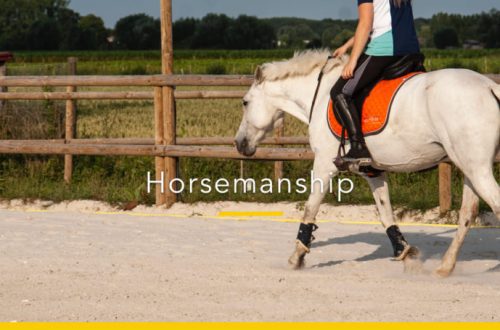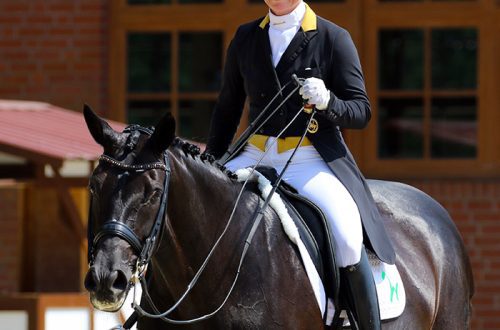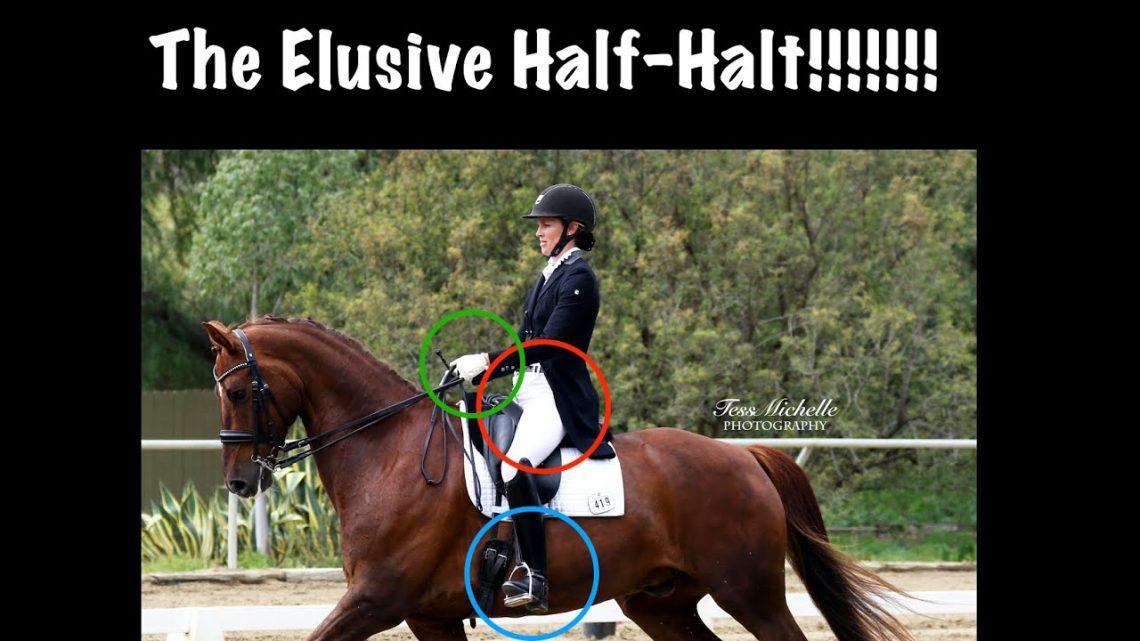
Easy Steps to Perfecting Half Halts
Simple Steps to Perfecting Half Halts
The half halt changes the balance of the horse as it encourages engagement of the hindquarters, back and loins. In this case, the horse first moves its weight back, and then raises the front. The muscles of the back, lower back and hindquarters are activated, the horse brings the hindquarters under the center of gravity, further under the body, the hoof strikes of the hind legs become “more crowded”, the horse brings them closer to each other.
To achieve perfect balance, we create energy by asking the horse to respond to the leg input by directing the impulse in the right direction, and then doing a half-halt to keep that impulse from disappearing into nothingness.
To help the rider improve his horse’s balance, I ask him three questions:
1. Can we guide the horse? In other words, does the rider feel the horse’s readiness to move forward at the slightest push of the leg? The horse should be moving at a steady pace and at a relaxed pace, not speeding up.
2. Is the horse straightened? Are her shoulders parallel to her hips? Only a straight horse can achieve proper balance and carry the weight of the rider in balance.
3. Does the horse understand half halts? The half halt creates a connection between rider and horse and improves balance.
An entire book could be written about each aspect, but our goal is to talk about half-halts.
Preliminary work
Before you start working with half-halts, you need to make sure not only that the horse is “leveled”, but also that your own seat is correct and your own balance. Sit flat on your hips and pubis, making sure that a straight line from the ear through the shoulder, elbow, thigh and heel is maintained. By maintaining this position, you will not lose your overall balance. Only in this way can the horse move with the rider in unified balance. Proper seating allows the rider to correct the horse when it loses balance.
The rider must understand the half halt as a way to connect the horse’s hindquarters to the forehand. We use our balance to “connect” the horse.
Half Halt Basics
The execution of a half halt consists of four stages:
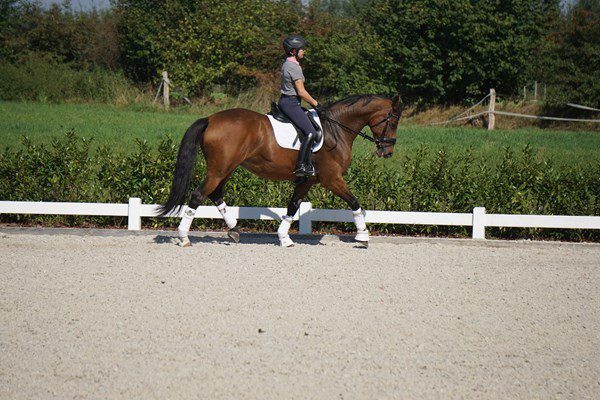
1. The rider uses a combination of loin, seat, and leg drives to create and direct momentum evenly across the two reins through the hind legs and back of the horse. The horse does not lose any rhythm or pace of movement. Energy, having made the right turn, comes to the snaffle.
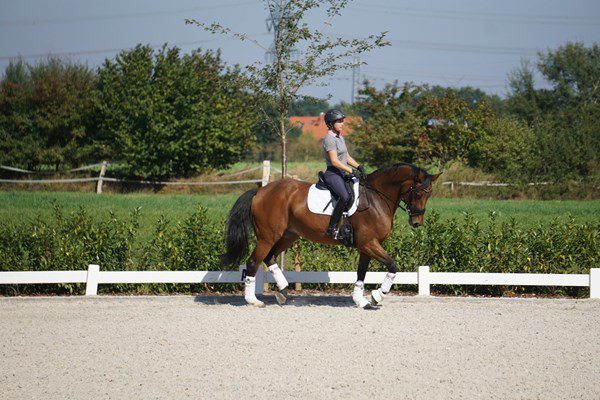
2. Pushing the horse on the reins, the rider simultaneously closes the hands of both hands – this is how symmetry is preserved. Sometimes one rein works more than the other (depending on how the rider feels). It is recommended to keep the hands in the correct position, but to lower them slightly during the half-halt to ask the horse to round and soften the poll.
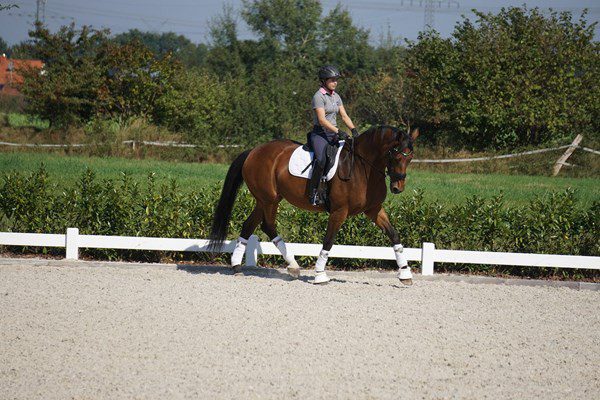
3. The rider softens the reins. If you have done everything correctly, then the horse will engage his back, loin and hind legs, and not just give in at the back of the head. You should feel that the horse is moving in contact, the back is elastic, the poll and jaw are relaxed.
4. Repeat step 1 and plan the next half halt. When performing a half-halt, remember that in your work 2/3 of the action on the horse should be directed to the body and legs, and only 1/3 to the reins.
Which half halt is right for you and your horse?
When you learn how to do half halts, ask yourself a few questions: How long do you do a half halt? How often to use it? When to use it? What efforts should be made?
How long to perform and how much effort to apply depends on your horse. How quickly does she react and shift her weight back, engaging her back, lower back, and hind legs?
Rate your half-halt level on a scale of 1 to 10, with 1 being the easiest and shortest impact and 10 being the longest and most effortful.
Determine how much half halt your horse needs to balance. Sometimes you may need to use a level 2 half halt several times to get results. If the horse ignores it, use a higher level half halt.
The horse should remain supple at the poll and jaw and not pinch the back, no matter what level of half halt you use.
The frequency of using half-halts also depends on the horse. Remember, she needs time to react.
Using the half halt in time is an integral part of its effectiveness.
At the walk and trot, do half halts with the horse’s inside hind leg on the ground. She is able to take the weight. In the canter, the half halt is best used during the first beat when the horse’s outside hind leg is pushing off the ground.
Remember, the half-halt is an easy, but not easy, way to get the horse balanced and ultimately collect. With patience and perseverance, you will experience a magical sense of balance with your horse.
Katie Connelly; translation by Valeria Smirnova (source)



